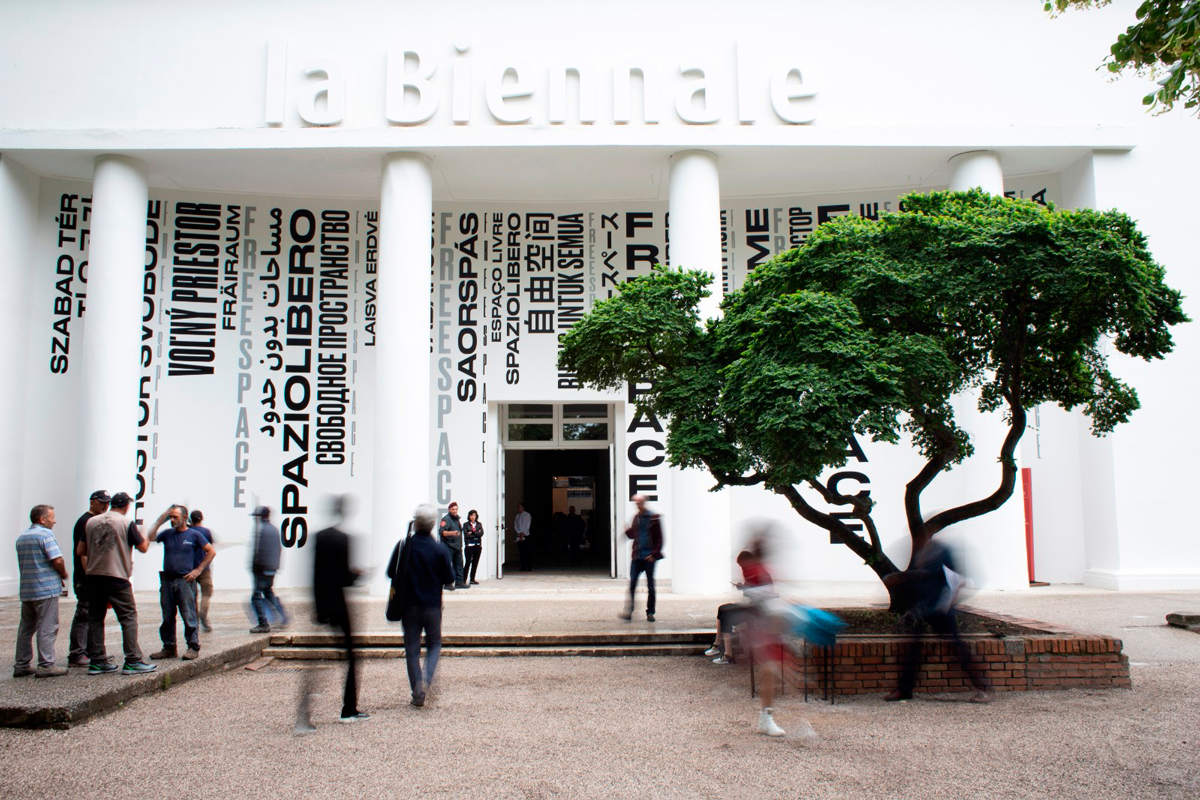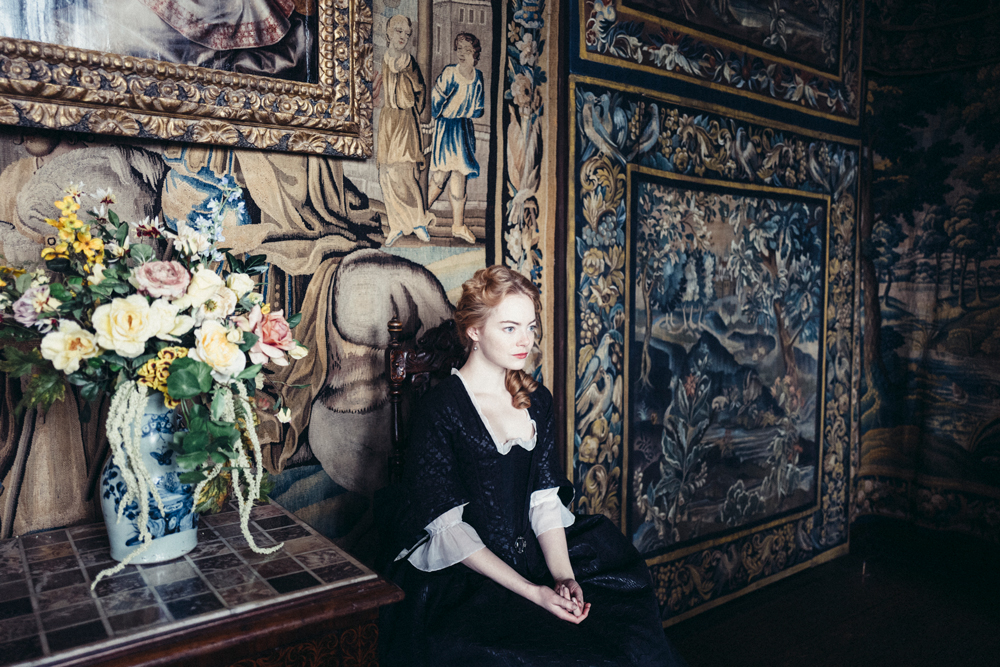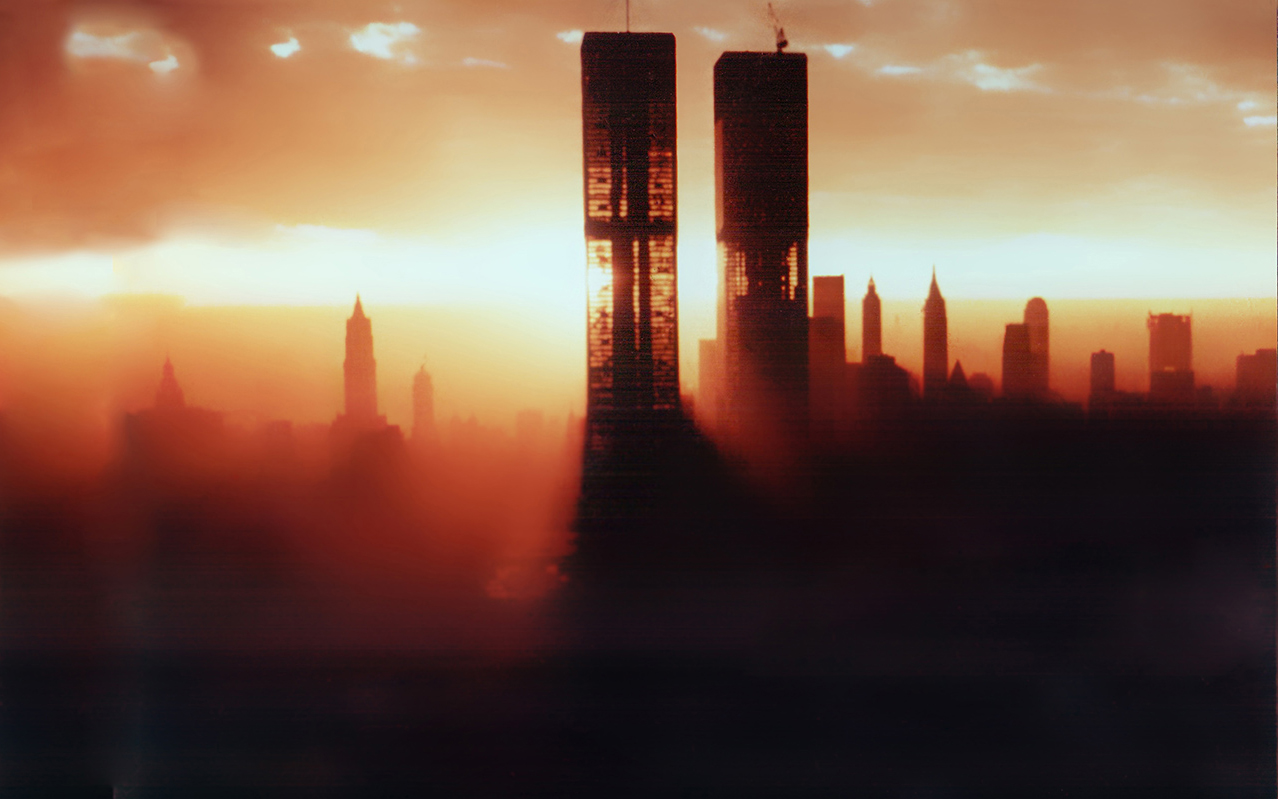The Sundance Institute, the organizer of the annual Sundance Film Festival in Park City, Utah, and the Kimball Art Center announced an Arts & Culture District building program in the festival’s host city. The Sundance HQ architect hasn’t been selected yet, but the Kimball has picked BIG to design its new museum. This initiative set the stage for the festival’s 2019 crop of movies focusing on architecture.
In It’s Going to be Beautiful, a short documentary about the proposed U.S.-Mexico border wall directed by Luis Gutierrez Arias and John Henry Theisen, we see eight wall prototypes and the surrounding neighborhoods on both sides of the existing border barriers.
Less divisively, in Joe Talbot’s The Last Black Man in San Francisco, a young man lovingly preserves the rundown Victorian house his family lost. The family originally acquired this ornate structure with a witch’s hat, stained glass windows, wooden archways, and built-in organ after the Japanese owners’ internment during World War Two. Gentrification, artistry, and black male identity are explored in this tale of the house.
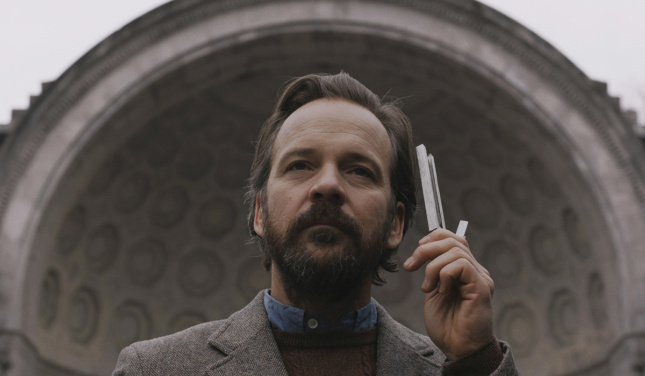
“Your radiator is a D Flat,” says the “house tuner” played by Peter Sarsgaard in director Michael Tyburski’s The Sound of Silence. Sarsgaard’s character solves New York City residents’ ills by painstakingly analyzing their out-of-sync domestic sounds (the toaster accompanying the aforementioned radiator is a G Major). A corporation surreptitiously monetizes his theories with virtual home inspections, advertising on New York City street kiosks.
Dan Gilroy’s Velvet Buzzsaw, a sendup of the art world with an art critic (Jake Gyllenhaal), artist (John Malkovich), curator (Toni Collette), and gallerist (Rene Russo) who live and work in stupendous houses, galleries, and the fictional art museum LAMA, which uses Diller, Scofidio + Renfro’s Broad Museum and Gehry’s Disney Concert Hall.
New Frontier, the media arts section, showed artworks that used virtual and augmented reality, many of which explored ideas about race and community.
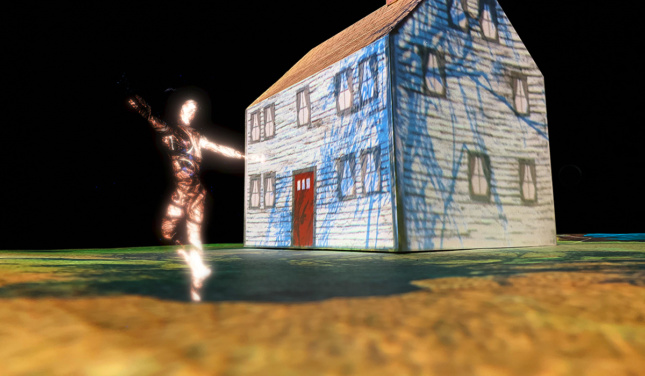
THE DIAL is an augmented reality artwork from Peter Flaherty, Jesse Garrison, and Trey Gilmore centered on a house around which a murder mystery unravels. Traveling While Black from Roger Ross Williams, Félix Lajeunesse, and Paul Raphaël uses The Green Book—a 20th-century guide for African-American travelers—as a starting point to drop viewers in Ben’s Chili Bowl in Washington, D.C., where viewers “sit” in a diner booth with storytellers. In Marshall from Detroit, a 360-degree virtual reality documentary from Caleb Slain, Félix Lajeunesse, and Paul Raphaël, we motor with hometown boy Eminem, who talks with journalist Sway Calloway about the city that shaped him. We see an abandoned church, a destroyed factory, a glorious movie palace, a skyscraper, and a hip-hop battle in a freezing-cold abandoned building.
Kaiju Confidential is about a different kind of disruption. In this virtual reality short created by Thomas O’Donnell, Ethan Shaftel, and Piotr Karwas, two monsters battle over whose modernist Japanese city is theirs to destroy. The veteran green beast claims the greater metropolitan area, while his 2-headed rival gets relegated to the suburbs.
The Immersive Stage, a three-sided projection room, showcased three digital environments: artist Peter Burr’s Dirtscraper, an underground system of “smart architecture” overseen by spatial and social engineers; Matt Romein’s analmosh, a dynamic audio-visual landscape; and Victor Morales and Jason Batcheller’s Esperpento, based on the Madrid of Goya’s Los Caprichos paintings.








